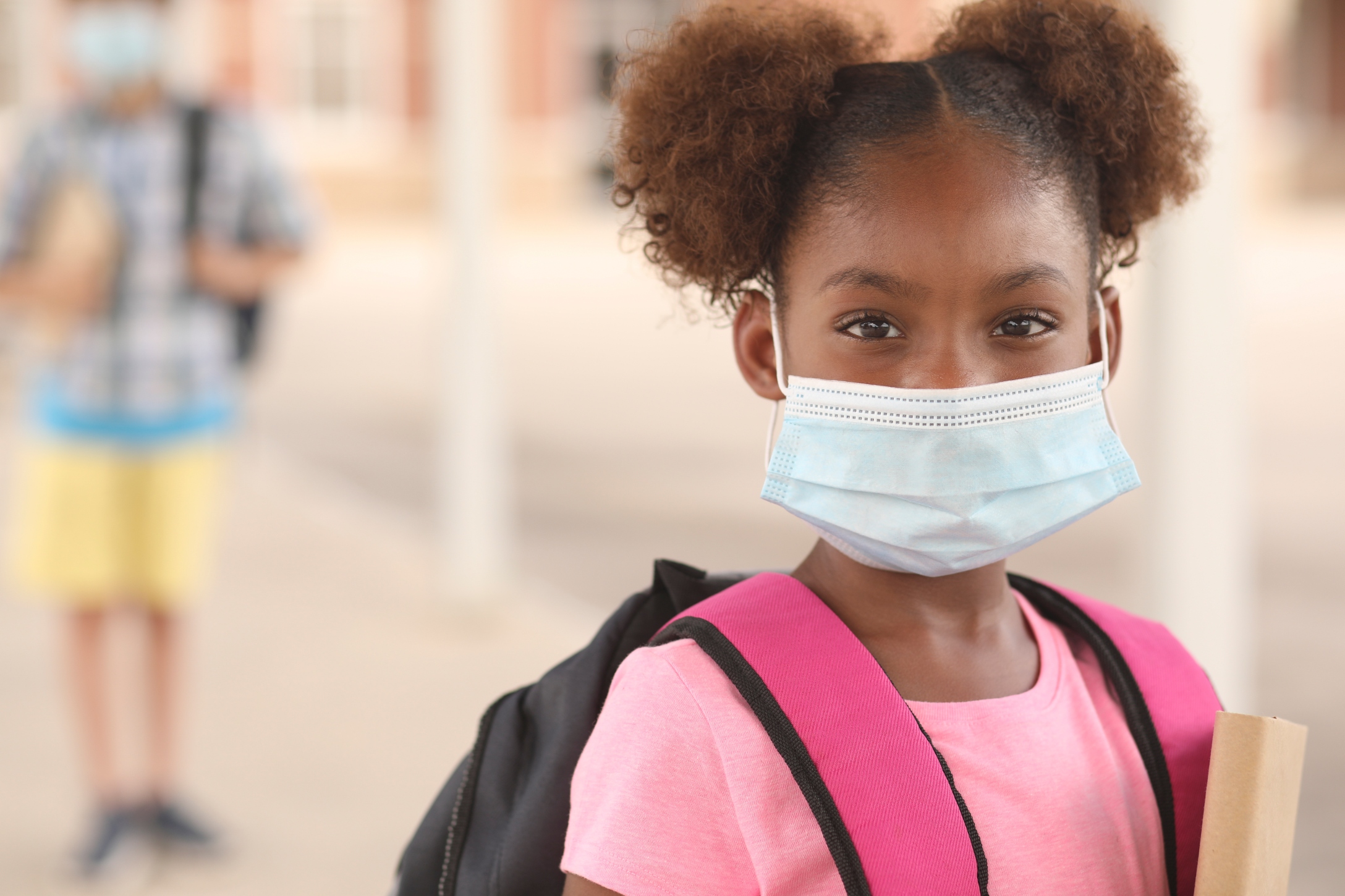
Many schools throughout the US have either started the 2020-21 school year in the past couple of weeks or are busy preparing to. This school year of course, presents unique challenges to educators, parents, and students alike. While some districts are offering the option of remote learning and some parents are choosing to independently homeschool, many, many students have already or will be returning to in-person learning.
More from MamásLatinas: 15 Tips to set your kids up for success while distance learning
Whether by choice or because your child's school district is not offering a viable alternative, if your kids are returning to school during the COVID-19 outbreak, you may be agonizing over how you're going to keep them as safe as possible while we're still in the middle of the pandemic. While you may not be able to prevent a coronavirus infection once your kids are back in school, recognizing the symptoms early on can help control the spread and may help you minimize the risk of a more severe case. Keep reading to find out which COVID-19 symptoms to look for and how to recognize them in your children.
COVID-19 symptoms are the same in children as in adults.
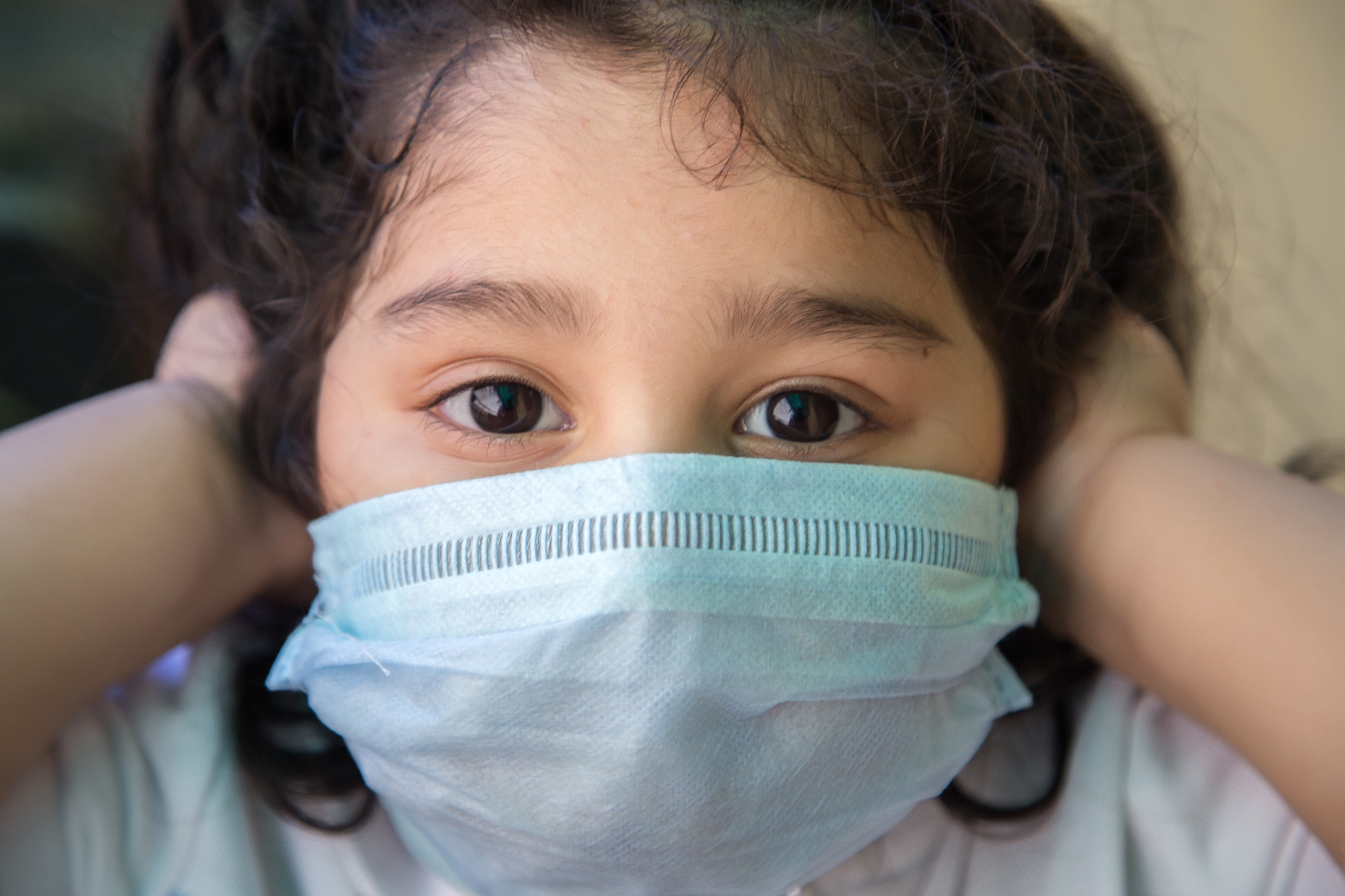
If you've been paying attention to the news at all over the past six months, you likely already know what the main symptoms of coronavirus are. A fever, dry cough, and shortness of breath are among the type indicators of a COVID-19 infection. But there are other symptoms that have been identified since the outbreak began.
The CDC's official list of COVID-19 symptoms includes a wide range of signs.
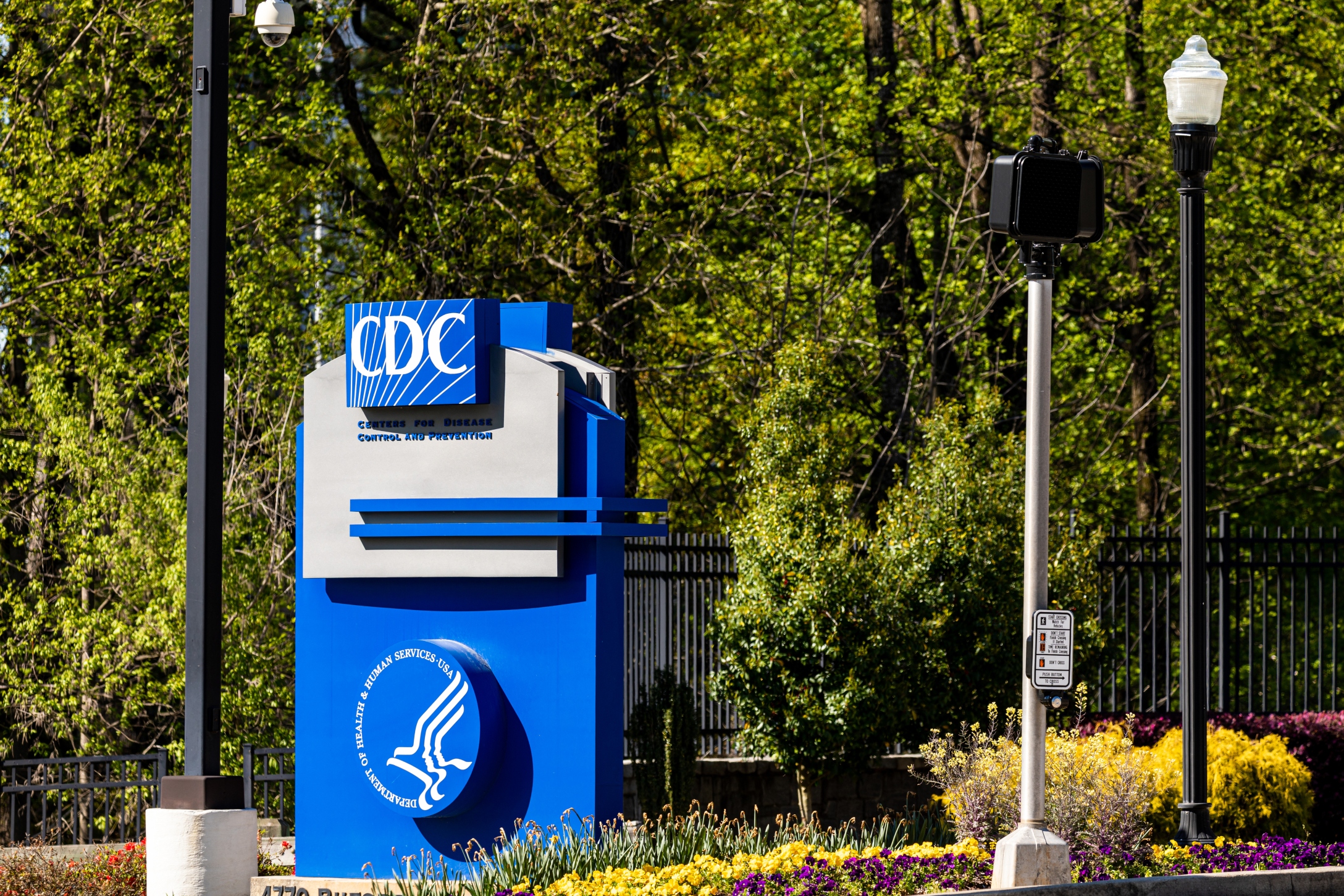
The Centers for Disease Control and Prevention has updated its list of official COVID-19 symptoms continually as it has received more data over the course of the outbreak. The list has now expanded to include fatigue, muscle or body aches, headaches, loss of smell or taste, sore throat, congestion, runny nose, nausea, and diarrhea.
The list may not be comprehensive.

Symptoms are only added to the CDC's list when enough people with confirmed positive COVID-19 tests report those symptoms and it becomes obvious that there's a correlation between the virus and the symptom. So there could be a whole spate of symptoms out there that haven't made it on the list yet.
A noticeable lack of energy is a red flag.

Most children are seemingly endless founts of energy, so if you notice your child is more sluggish than usual or just can't seem to stay awake, it could be a sign of a problem. Of course, as you assess, you should also keep in mind whether your child recently had a late night, an early morning, skipped a nap, or did something more tiring than usual that may account for the sleepiness.
A loss of appetite could signal trouble.

Similarly, if your child experiences a sudden loss of appetite or you can't get him to drink fluids, it may be because he is ill. Children who have a fever—even a low-grade fever—will often refuse food and drink.
Look out for anything out of the ordinary.
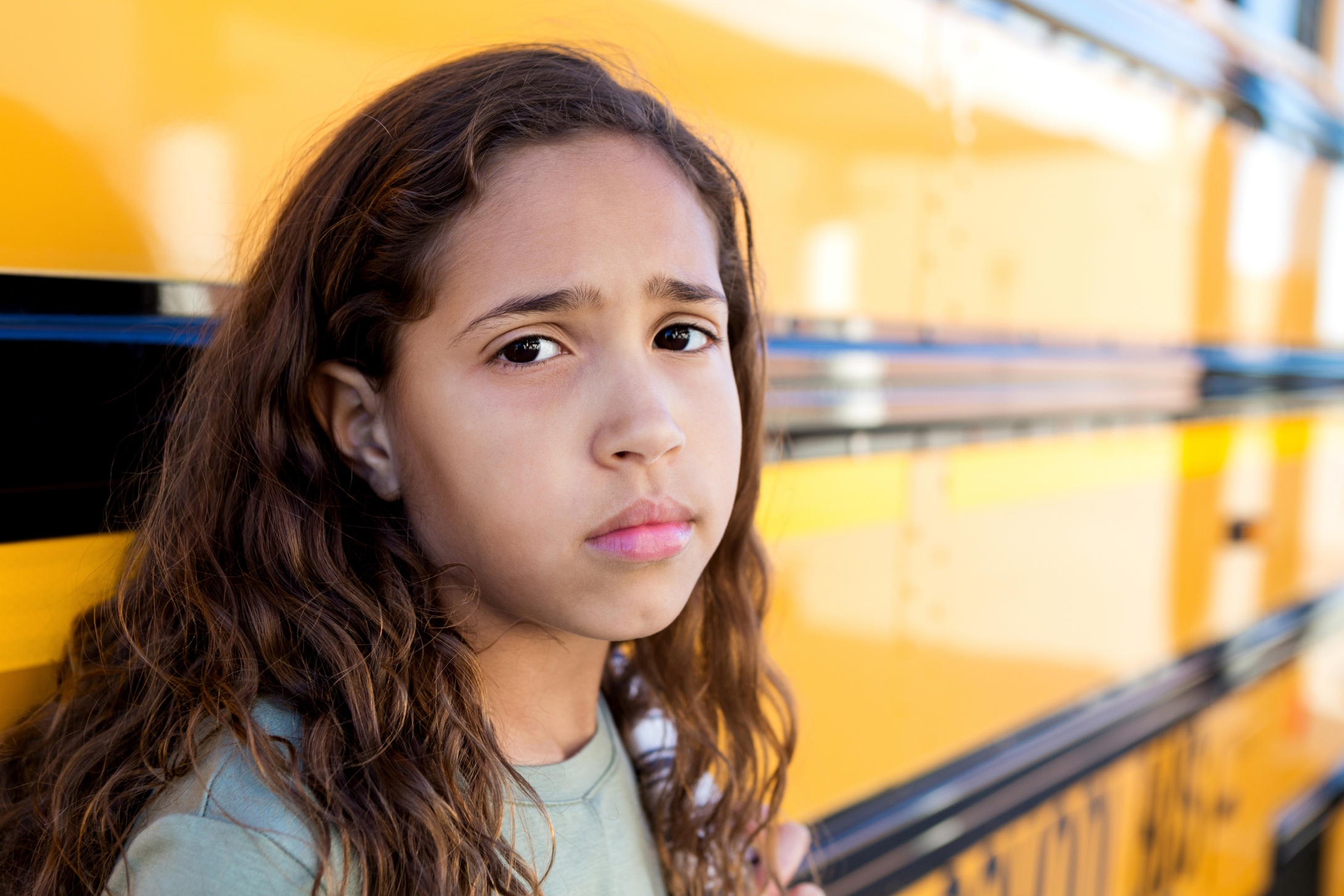
Basically, if your child is suddenly struggling with normal things that she does on a regular basis, she may be feeling unwell. "It's very important to let the doctor know immediately if you can't really get them up, if they're falling asleep all the time and just exhausted, if they're not drinking, not eating—the activities of daily living," says physician Dr. Daniel Cohen, who practices near New Rochelle, New York.
Identifying asymptomatic carriers and mild cases is more of a challenge.

Many young people infected with COVID-19 may be asymptomatic (that is, they have no symptoms) or experience a case so mild that their symptoms go unnoticed. However, they are still contagious and can spread the virus, causing or worsening an outbreak.
But it's important when it comes to protecting others.

COVID-19 infections that go undetected may not be a problem for the child and, of course, many parents would feel relieved if their child gets through the virus with few or no symptoms. But because children can still spread the virus, it could present bigger issues for people they come in contact with, including fellow students who may be immunocompromised, teachers, administrators, and grandparents.
So how can you identify a potential infection without obvious symptoms?
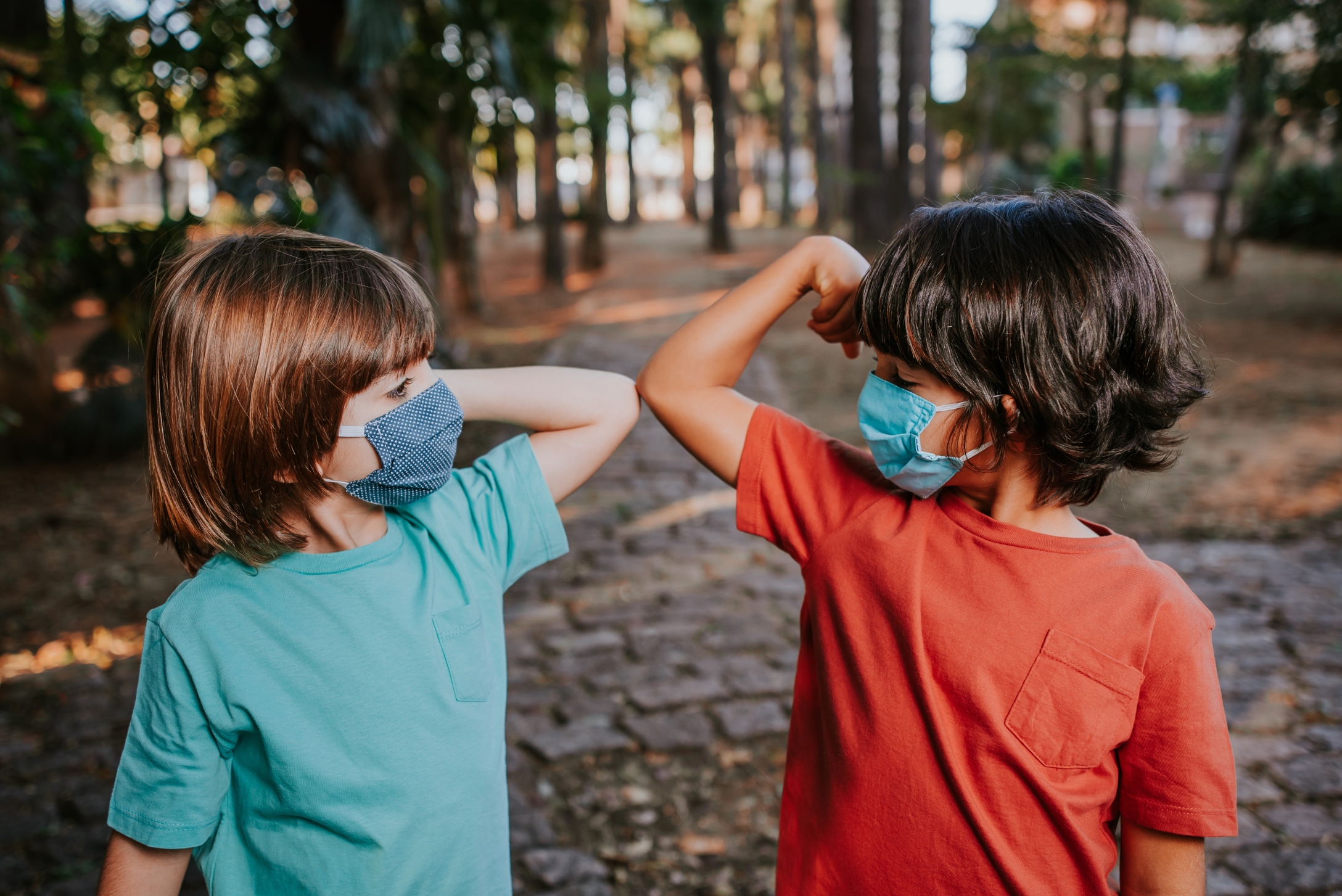
It can be incredibly difficult to impossible to identify a coronavirus infection when obvious symptoms are not present, so keeping track of potential exposures is crucial. "Knowing their habits, knowing who they were around, knowing their exposures are key," says Cohen.
It's important for recognizing symptoms as well.
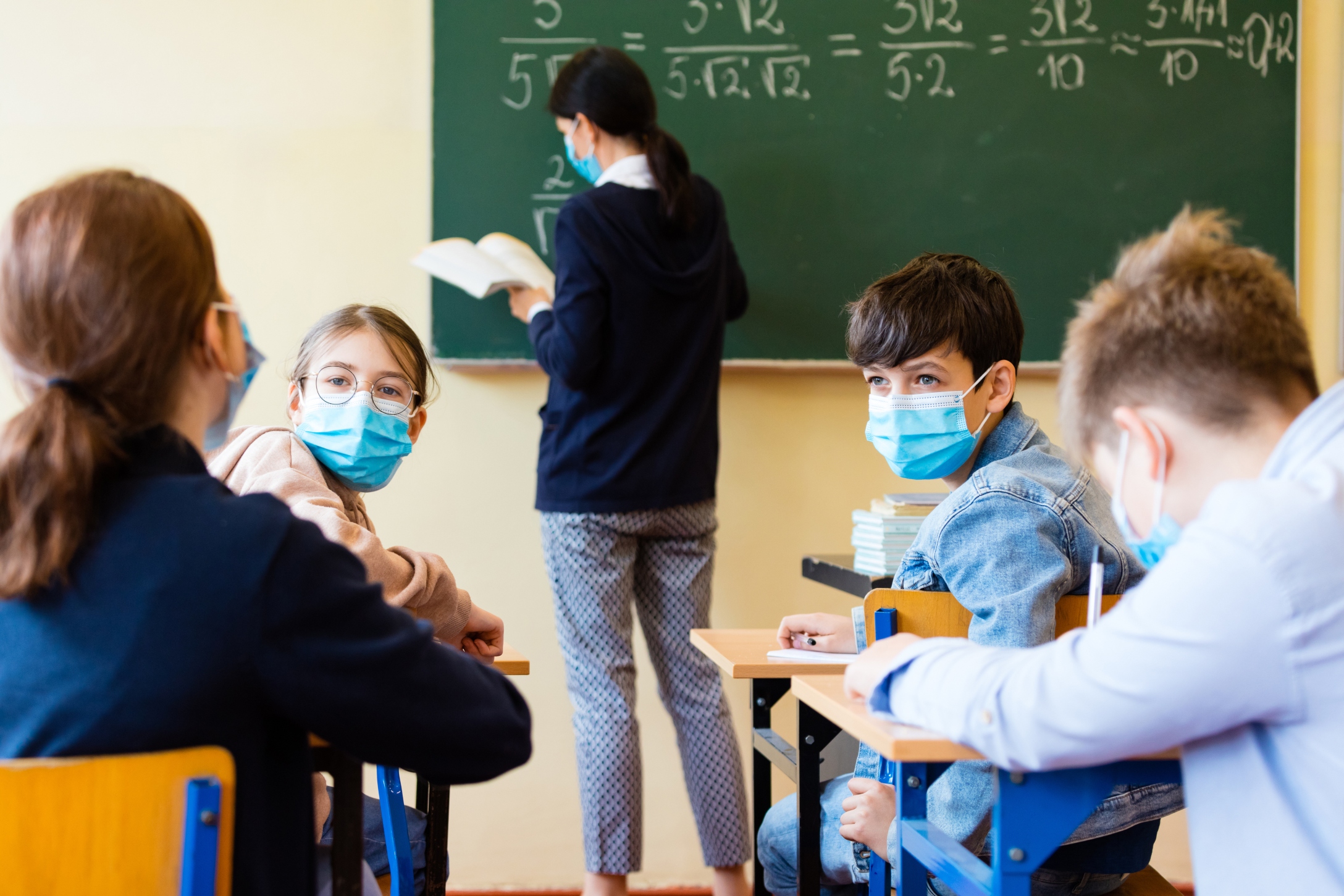
Because many coronavirus symptoms are similar to those of the common cold, the flu, and even seasonal allergies, tracking potential exposures both in school and out of school is incredibly important. If you know your child hasn't had any exposure, it is much easier to attribute symptoms to something else and rule out the possibility of COVID-19.
Physical distancing and contact tracing are crucial.

"The most important thing for getting kids back into school is really to get the virus under control in the surrounding community," Dr. Sean O'Leary, the vice-chair of the American Academy of Pediatrics Committee on Infectious Diseases, told CNN. Further explaining that exposure is limited by wearing masks, washing hands, and "physical distancing."
Tracking exposure makes ruling out and recognizing symptoms easier.
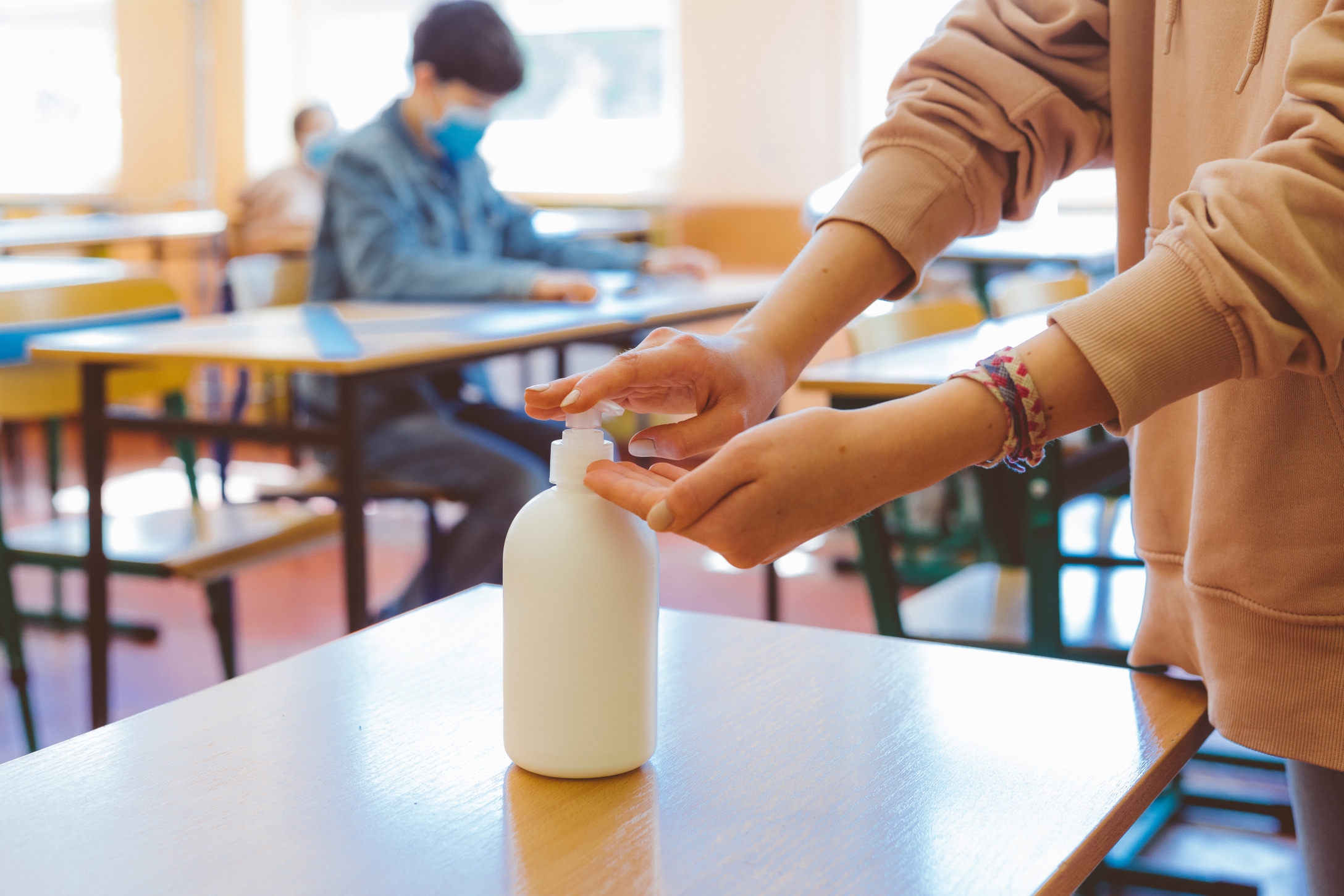
In a nutshell, keeping a close eye not just on potential coronavirus symptoms in your children, but also on any potential exposures can make it far easier to recognize a possible infection as well as to rule out COVID-19. Without true exposure, your child's mild symptoms can easily be attributed to another, less concerning illness or condition.
There's one more thing to look for.

Some children have experienced an often-dangerous condition called multisystem inflammatory syndrome, known as MIS-C, days or even weeks after being exposed to COVID-19. It's a rare condition (less than 600 confirmed cases in the US to date), but nearly 70% of confirmed cases have occurred in Latino or non-Hispanic Black children.
Look for these symptoms.

MIS-C can occur whether or not the child has exhibited coronavirus symptoms. A "persistent fever without a clear cause," is typically the first sign of MIS-C. Other signs to keep an eye out for are abdominal pain, swollen glands, diarrhea, red or swollen hands and feet, conjunctivitis and red, cracked lips. According to the American Academy of Pediatrics, children will show symptoms of organ dysfunction and symptoms may progress rapidly.
Call the doctor.
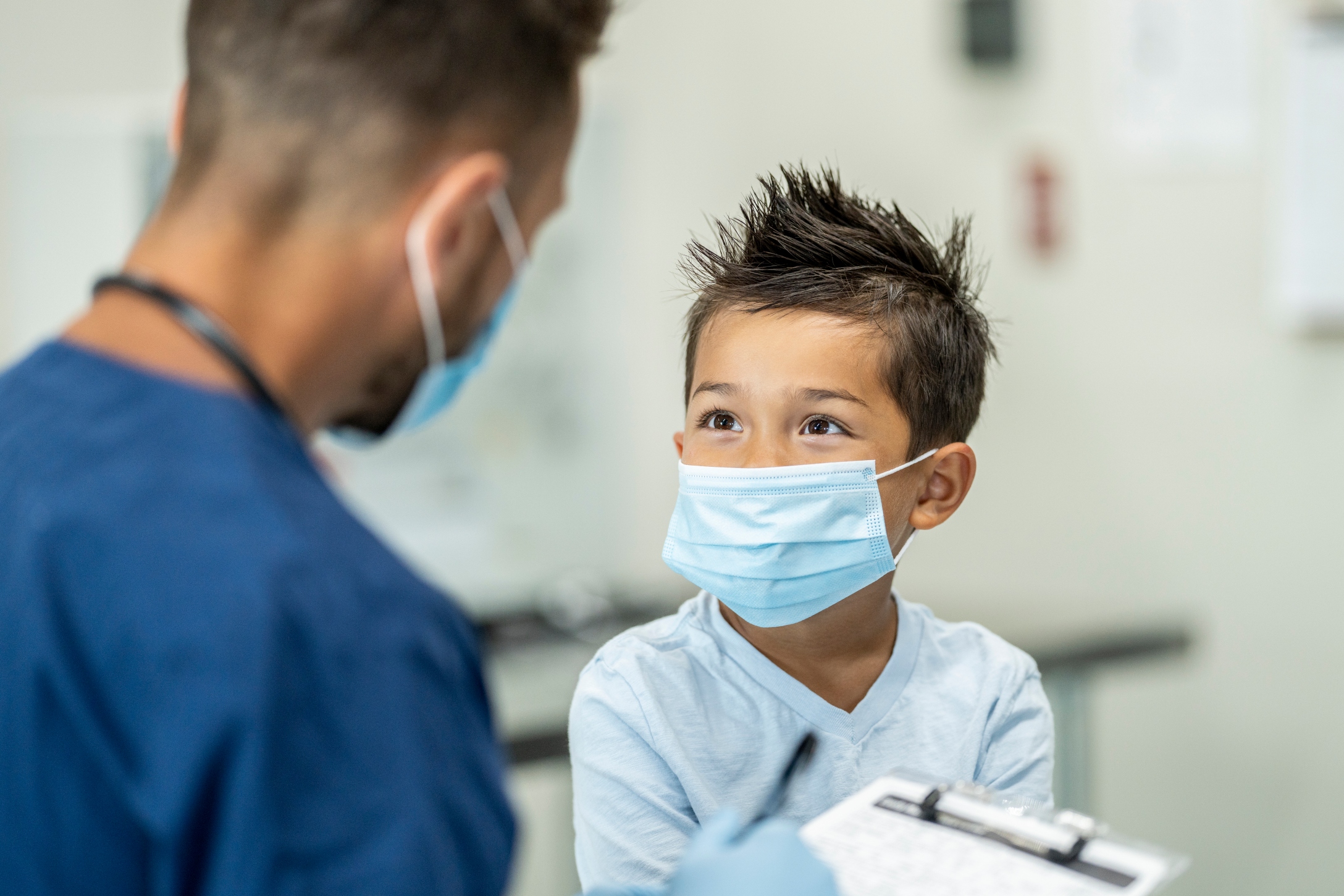
When it doubt, do not hesitate to call your child's pediatrician. It's far better to have a negative coronavirus test result than to have a child's illness silently worsening or have her walking around spreading the virus unknowingly. "I always tell parents, 'Look, if you're nervous, I should be, too. That's just the way things are right now.' The only call that's a wrong call is the unmade one," says O'Leary.




